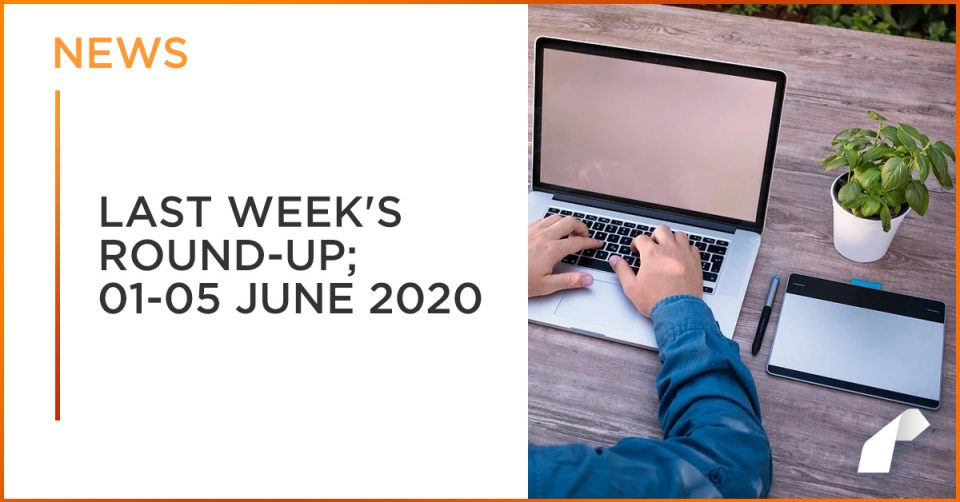Last week’s round-up; 01 -05 June 2020

WELCOME TO THE TEAM!
We are delighted to have Michael Edwards join the team at Real Regulatory as a Senior Regulatory Consultant. Michael has worked in regulatory affairs since 2000, having held positions in the UK medicines competent authority, a couple of CRO/consultancies, a couple of small/medium pharmaceutical companies, and as an independent consultant, as well as taking some time out during that time to do post-graduate research and complete a PhD investigating the vascular bioactivity in vitro of the phenolic phytochemicals anthocyanins, and their in vivo degradation products or metabolites, in the Department of Nutrition at Norwich Medical School. His first degree was BSc Pharmacology with Toxicology (First) at King’s College London, including a year-long industrial placement in a large pharmaceutical company research centre. His regulatory experience includes clinical phase through post-marketing authorisation, national and European procedures. Michael will be a valuable asset to our company and to our clients. https://bit.ly/2Ulm2jS
ICH UPDATES ON UPCOMING GUIDLINES, ADDS NEW PARTICIPANTS
At a recent virtual meeting of the ICH Assembly, the ICH has announced that Turkey’s Medicines and Medical Devices Agency (TITCK) is now one of its regulatory members and that Lebanon’s Ministry of Public Health (MOPH) is now a new observer. During the meeting, the Council also announced that the following guidelines have reached Step 4 in the ICH process: M8 electronic Common Technical Document (eCTD) v4.0 guideline; S11 Nonclinical Safety Testing in Support of Development of Paediatric Pharmaceuticals guideline; and S5(R3) Guideline on Revision of S5 Guideline on Detection of Toxicity to Reproduction for Human Pharmaceuticals. The Council has also announced that the Q3C(R8) guideline on residual solvents, which is currently under revision to include the permitted daily exposures for three new impurities, has reached Step 2 of the ICH process, and that the 4Q(R1) Common Technical Document (CTD) guideline will be revised.
Further updates given by the ICH during the Assembly may be found at the following link: https://bit.ly/RealCMC-2Y63Xai
EMA AND FDA ISSUE JOINT DOCUMENT ON PIPS AND iPSP FOR COVID19 TREATMENTS AND VACCINES
Joint procedural information is available from EMA and the FDA for medicine developers planning to submit a PIP to EMA and an iPSP, to the FDA, respectively, for a COVID-19 vaccine or treatment, the document can be found under this link https://lnkd.in/d4mespk.
The joint document aims to make it easier for developers to submit paediatric development plans simultaneously to the regulators, to help speed up the development and approval of COVID-19 treatments and vaccines. Both agencies are encouraging medicine developers to submit PIPs and iPSPs early.
NEW FDA PRODUCT-SPECIFIC GUIDANCE
The FDA has just released 26 new and 43 revised draft product-specific guidances on the development of generic drugs. The documents are intended to clarify the FDA’s recommendations on demonstrating bioequivalence of generics to the corresponding reference products. The new drafts include recommendations to support ANDAs for generic versions of the acute myeloid leukemia drug gilteritinib, the PARP inhibitor talazoparib, the HIV-1 treatment dolutegravir/lamivudine, fish oil triglycerides, subcutaneous buprenorphine and extended-release metformin. The updated guidance documents include altered recommendations for generic versions of type 2 diabetes drugs dapagliflozin, dapagliflozin and saxagliptin, the renal failure treatment ferric citrate and transdermal buprenorphine.
https://bit.ly/RealCMC-36WJtoL
EXCIPIENTS IN THE PRODUCT INFORMATION OF MEDICAL PRODUCTS
The European Commission’s updated ‘Annex to the European Commission guideline on Excipients in the labelling and package leaflet of medicinal products for human use’ is effective from 22 November 2019. The guidance describes the information that should be available in the package leaflet on excipients that are known to have a recognised action or effect. In order to ensure compliance with the new guidance, marketing authorisation holders are required to submit a type IB variation within three years from the publication of the revised Annex. HPRA has pointed out that applicants should also be aware that some of the updates included in the Annex were also published in the previous version of the document, therefore, applicants are requested to submit the relevant variations by 9/10/2020.
https://bit.ly/RealCMC-3ctFqBo
UK ARRIVALS 14-DAY SELF-ISOLATION EXEMPTIONS RELATED TO PHARMACEUTICALS AND CLINICAL TRIALS SECTORS
New measures for all UK arrivals have been announced, including a 14 days’ self-isolation for anyone entering the UK, apart from a “short” list of exemptions. At moment of writing, these measures are due to come into effect on 8 June, although this could change given the backlash from the UK travel industry. The “short list of exemptions” is not really all that short, and amongst the many listed are including the following of note to the pharmaceuticals and clinical trials sectors: qualified persons and responsible persons for human medicines, clinical trials and pharmacovigilance quality assurance inspectors for human medicines sponsors and essential persons needed for clinical trials or studies The new measures can be found at: https://lnkd.in/ddFU_XE
The list of exemptions can be found at: https://lnkd.in/dVUpska
USP GUIDANCE ON THE USE OF RECOMBINANT REAGENTS FOR BACTERIAL ENDOTOXIN TESTING
Horseshoe crabs’ blood has long been used in the pharmaceutical industry to detect the presence of bacterial endotoxins, causing concern amongst animal rights groups who are pushing for the use of synthetic alternatives. The USP Microbiology Expert Committee had proposed the inclusion of synthetic recombinant factors in ‘Chapter 85 Bacterial Endotoxins’. Based on public comments received, this will not happen. Instead, a new general chapter will be drafted, to provide guidance on the qualification of alternative tests by demonstrating comparability: <1085.1> Use of Recombinant Reagents in the Bacterial Endotoxins Test – Photometric and Fluorometric Methods Using Recombinantly Derived Reagents The proposed new general chapter should be available for public consultation by November 2020. More information may be found at the following link: https://bit.ly/RealCMC-3eFwASp
This matches the approach taken by Ph. Eur. in 2016 when ‘Chapter 5.1.10 Guidelines for Using the Test for Bacterial Endotoxins’ was updated. Ph. Eur. is further ahead as it has already published a new section ‘2.6.32 Test for bacterial endotoxins using recombinant factor C’ in supplement 10.3, effective from 1 January 2021.
Q & A ON GXP FLEXIBILITIES DURING THE COVID-19 PANDEMIC
The European Medicines Agency (EMA), European Commission and Heads of Medicines Agencies have updated their ‘Questions and answers on regulatory expectations for medicinal products for human use during the covid-19 pandemic’. The guidance document now includes a new section on temporary flexibilities for good manufacturing practice (GMP) and good distribution practice (GDP) that pharmaceutical companies may employ during the pandemic to ensure an adequate supply of medicines used to treat COVID-19 patients. A new section on the suspension of on-site inspections of plasma collection centres has also been included. Temporary flexibilities related to the duties of the responsible person (RP), the use of new equipment or newly authorized storage and distribution sites, and deviations from normal practice are also discussed in the document. Further information is available at the following link: https://bit.ly/RealCMC-2VYSVnu

